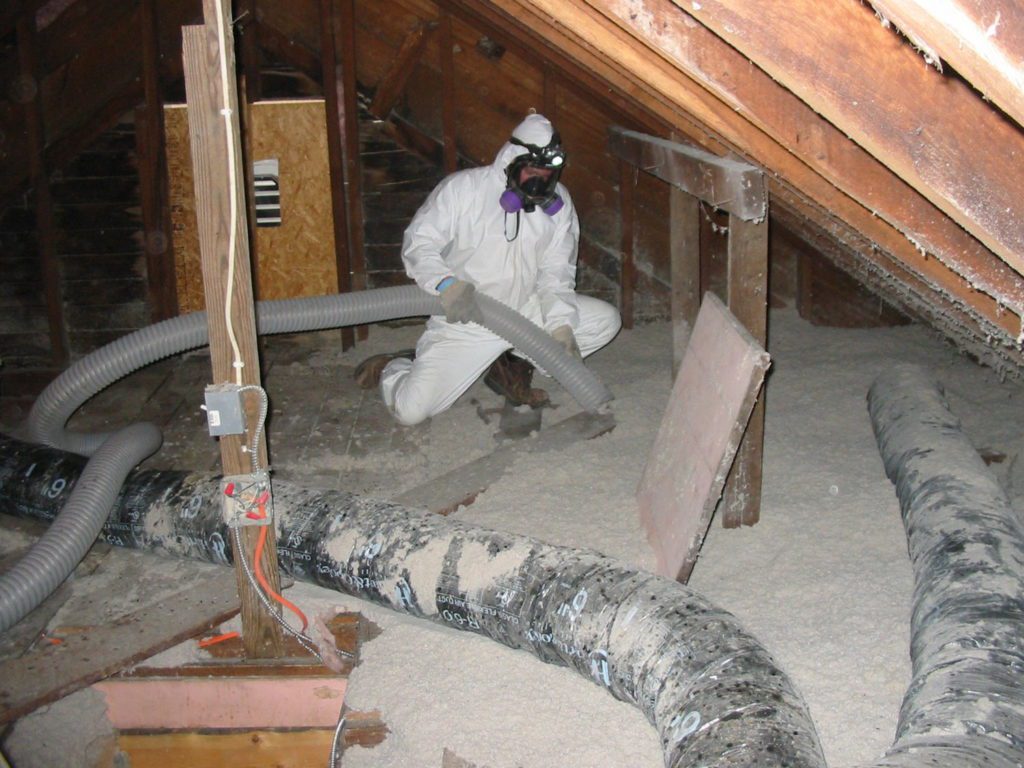Asbestos is a natural fibrous material mined from the serpentine or amphibole classes of rock. When the rock is crushed, fibrous strands of asbestos are extracted from the material. The strands are then used as ingredients in a host of commercial and household products.
Six minerals are defined by the United States Environmental Protection Agency as “asbestos.” The minerals belong in two classes, serpentine and amphibole.
Though all six types of asbestos have been identified in products manufactured or imported in the U.S., the three types of asbestos most commonly used commercially are:
- Chrysotile, or white asbestos, which has curly fibers and is found in serpentine rocks. Products manufactured in the United States that contain asbestos predominantly use this type. Chrysotile asbestos is more flexible than amphibole types, and can be spun and woven into fabric.
- Amosite has brown rod-like fibers and belongs to the amphibole group. It is most often used as a fire retardant in thermal insulation products and ceiling tiles.
- Crocidolite, or blue asbestos, has rod-like fibers and is most commonly found in South Africa and Australia. This form is the least used in the United States.

Asbestos exposure occurs when microscopic asbestos fibers are released into the air and inhaled. This can happen during the mining and production of asbestos as well as the manufacture of any products containing the material. When asbestos-containing materials are damaged or disturbed by repair, remodeling or demolition activities, those near the site can also be exposed. Inhaled asbestos fibers can cause significant health problems, including malignant lung cancer, mesothelioma and asbestosis. The longer the exposure to high concentrations of asbestos fibers, the more likely that health problems will result.
The commercial production of asbestos in the United States was curtailed in 1989, and the last domestic asbestos mine ceased production in 2002. The widespread use of asbestos in various products has also significantly declined through bans and voluntary phase-outs. However, products with trace amounts of asbestos are still being made, and asbestos still remains in thousands of products made prior to the ban.
Thousands of Americans, including many military personnel, have been unwittingly exposed to asbestos over the years. If you or a loved one has been exposed, either on the job or by coming into contact with asbestos-containing products, your should closely monitor your health and watch for any symptoms that may indicate the development of asbestos-related illness. The Mesothelioma Options Help Center will work closely with you to find appropriate medical care and explore your financial and legal options – click here to contact the Center and receive a free information packet.
